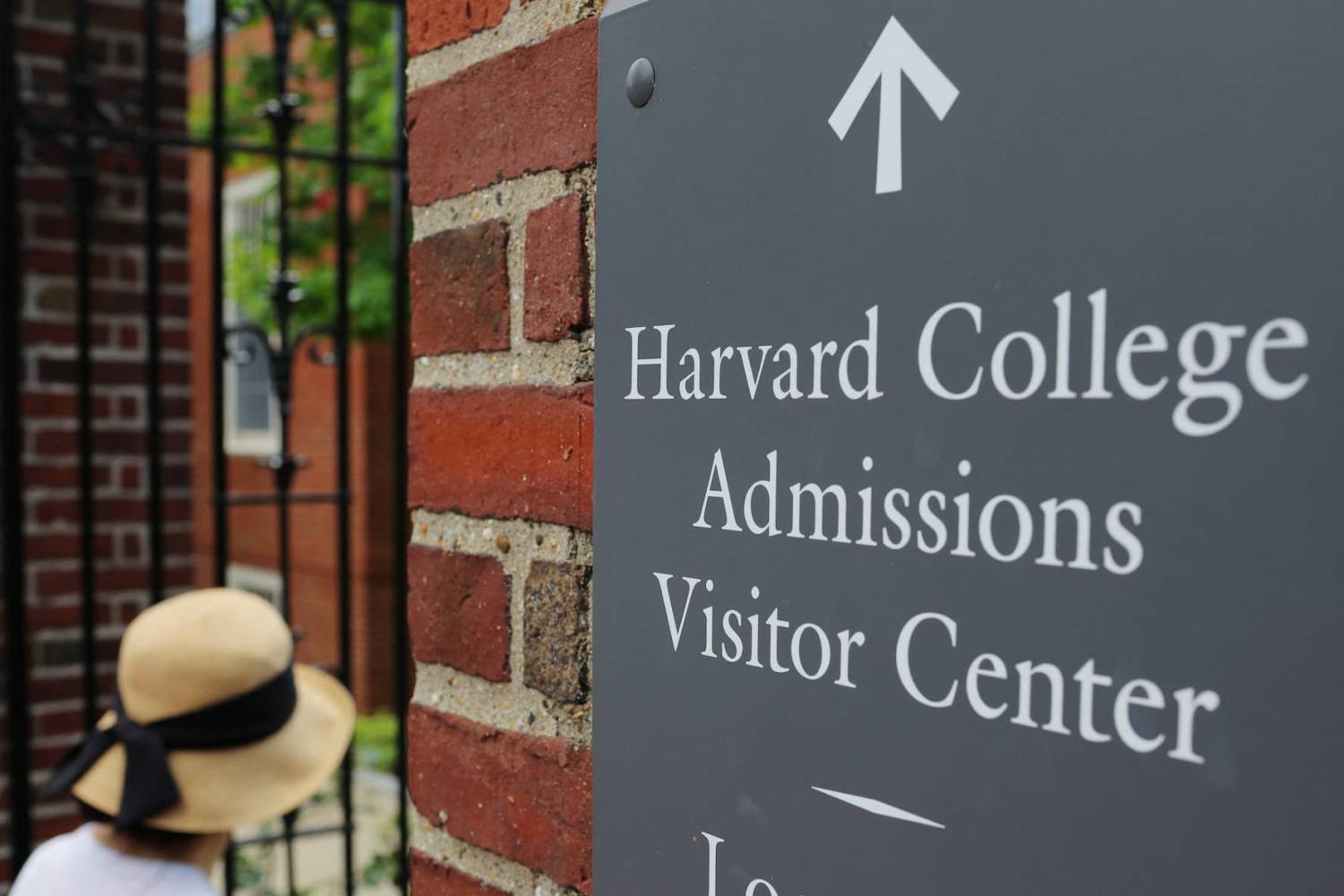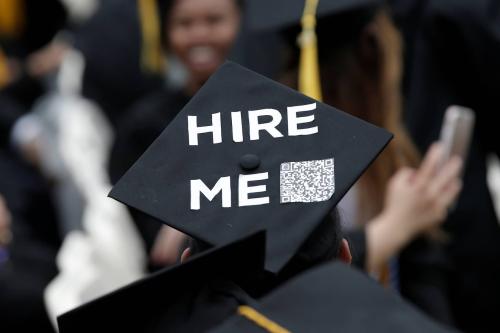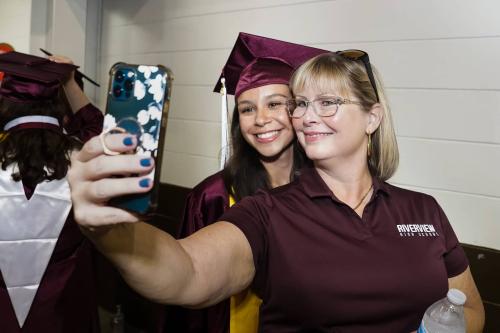One silver lining of the COVID-19 pandemic is the now-ubiquitous availability of interactive technologies, such as Zoom conferencing and document collaboration, to connect students to educational opportunities that previously would not have been available to them. For instance, CollegePoint is a national initiative that provides remote college advising to high-achieving, lower-income high school seniors across the country. These students often lack access to individualized college planning support in their communities and are underrepresented at the highest-quality colleges and universities in the country.
America’s selective higher education institutions are one of the strongest pathways to economic mobility, so encouraging more academically talented, lower-income students to engage in remote college advising could be an important driver of financial opportunity and greater equity in the U.S. Ongoing challenges with the U.S. Department of Education’s release of the updated Free Application for Federal Student Aid (FAFSA) highlights another instance in which individualized, remote advising may be instrumental in helping students and families identify affordable and high-quality college options.
Getting students to initiate and sustain engagement with remote advising can be challenging, however. For instance, a prior RCT we conducted of CollegePoint found that 25% of students who signed up for the program never met with their advisor, and those who did participate had fairly modest engagement.
How can we ensure as many students as possible take advantage of remote college advising opportunities like CollegePoint?
It turns out money is a fairly effective motivator.
In 2021, Bloomberg Philanthropies launched a national program, Advising Plus, designed to incentivize high-achieving, low- and moderate-income students to engage with CollegePoint advisors and complete key college and financial aid milestones. A primary motivation of Advising Plus was to increase student-advisor engagement.
Advising Plus was offered to thousands of high school seniors across all U.S. states and territories. Students could earn small financial awards ($50 to $100) by connecting with remote college advisors about key college and financial aid decisions, like where to apply or which financial aid package to accept, and by completing important milestones, like applying to high-quality colleges and universities where students appeared academically admissible. The program focused specifically on encouraging students to apply to colleges and universities with six-year graduation rates of 70% or higher (referred to as “high graduation rate (HGR)” schools).
As we show in a recent working paper, students responded quite strongly to the incentives. For instance, students randomly assigned to Advising Plus were nearly three times as likely to stay connected with a college advisor through the end of senior year in high school than students who didn’t receive the financial incentive offer. They were also substantially more likely to apply to selective colleges and universities, and to meet with an advisor to review college acceptances and financial aid packages.
It wasn’t all about the money, either: The incentive offer also made students more likely to report that their college advisor was influential during the college planning process and to report favorable views of their experience with remote college advising. In short, the incentives operated just as they were intended, and seemed like an effective approach to sustain student engagement and educational milestone completion at national scale.
Admissions and affordability barriers impede greater socioeconomic representation at elite institutions
Despite Advising Plus generating substantial positive impacts on advising engagement and college/financial aid milestone completion, the program had no effect on whether or where students enrolled in college. Why not?
More than a decade of rigorous research has suggested that changes in low-income students’ college and financial aid planning behaviors—meeting with advisors; applying to well-matched colleges and universities; engaging in an informed review of financial aid awards—should lead to improved postsecondary outcomes. The challenge is, for many high-achieving, lower-income students, colleges and universities don’t appear to have responded in kind with sufficient changes to their admissions practices or affordability.
Advising Plus participants were substantially more likely to apply to the most selective colleges and universities in the country, and indicate that these institutions were their top enrollment choice. The elite schools in this top tier also offer the most financial aid; with an average sticker price of nearly $70,000 per year, students from low-income households only pay about 15 percent of that cost.
Yet they were no more likely to report being accepted to these institutions than other CollegePoint students who were not randomized into Advising Plus. The lack of admissions impacts is surprising, given Advising Plus students applied to these institutions at substantially higher rates and received more sustained and topically relevant college advising throughout the application process. Because these students were high in the national distribution of college entrance exam scores and from a socioeconomic background that many institutions indicate is central to their diversity goals, we would expect higher rates of application to elite institutions and higher-quality advising during the application process to have translated into higher rates of acceptance.
Advising Plus participants did report higher rates of acceptances at the next-highest tiers of selective colleges and universities, but the average student from low-income households pays one-third the cost of attendance, which translates to $15,000 per year. This cost may have been prohibitively expensive for students and their families. This hypothesis is further supported when we consider Advising Plus students who were admitted to one or more HGR schools but chose not to attend: Only 40% thought their HGR option offered enough financial aid to be affordable, while over 90% thought the school option they ultimately chose to attend did so.
In other words, low-income students have been mobilized to apply to stronger performing colleges and to engage in advising to strengthen their applications. Institutional admissions and aid, however, has lagged significantly behind—with many high-achieving students still finding a quality and affordable education out of reach.
The Advising Plus results are thus both encouraging and sobering. On the one hand, these findings demonstrate that even small financial incentives can be effective at a national scale at increasing student completion of critical college and financial aid milestones; at increasing and sustaining engagement with college advising; and at increasing the influence that students feel advising has on their college planning and choices. At the same time, the results also make clear the limits of strategies to change student behavior as the primary vehicle to reduce educational inequality and to increase economic mobility. Without corresponding, systemic change from colleges and universities, changes in students’ behaviors will be insufficient.
So what should we do?
We encourage higher education institutions to pursue structural solutions to increase socioeconomic representation at America’s selective colleges and universities. These should include revisions to existing admissions practices at the most elite institutions, like preferences for legacies or children of faculty, which tend to privilege students from more affluent families.
Public and private investments are also necessary to increase affordability at a broader set of selective institutions. The most effective scholarships, like the University of Michigan’s HAIL Scholarship, guarantee academically qualified students free tuition before they even apply. But even more modest increases in need-based grant assistance, at either the state or federal level, can generate substantial improvements in both enrollment and degree attainment. These investments could complement programs like “free community college” or “Promise” programs, which aim to improve enrollment at broad-access institutions for students lower in the academic distribution.
Programs like Advising Plus can work to positively change student behavior at a national scale. But it will require further structural change on the part of colleges, universities, and governments to meaningfully increase lower-income student representation—and in turn contribute to greater intergenerational income mobility—at selective institutions in the U.S.
The Brookings Institution is committed to quality, independence, and impact.
We are supported by a diverse array of funders. In line with our values and policies, each Brookings publication represents the sole views of its author(s).









